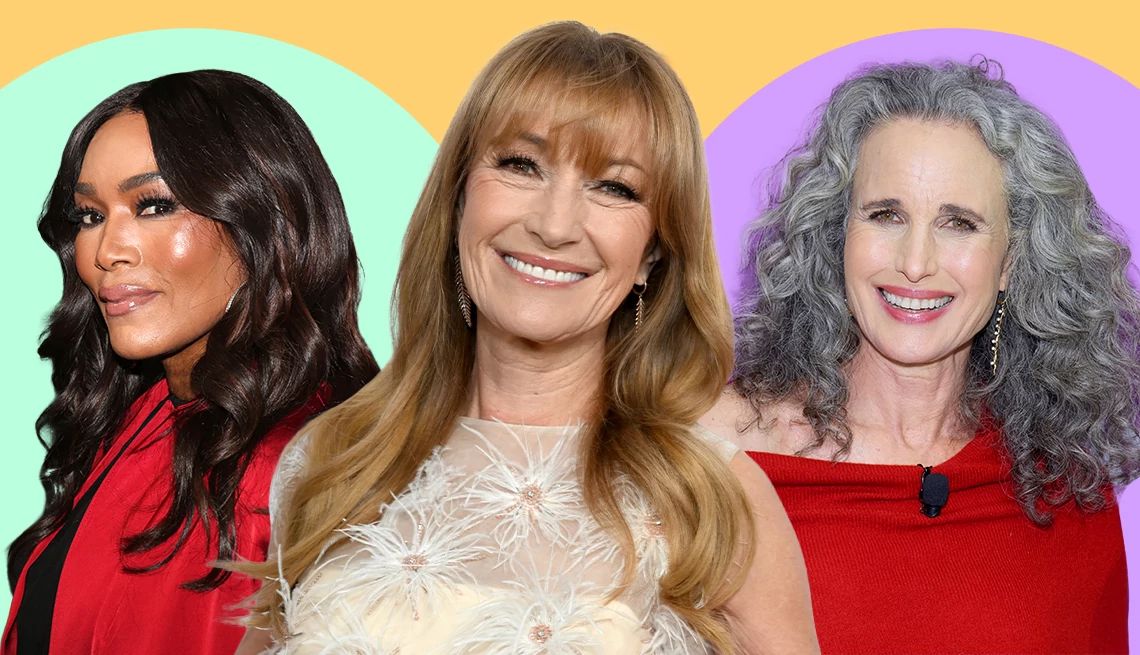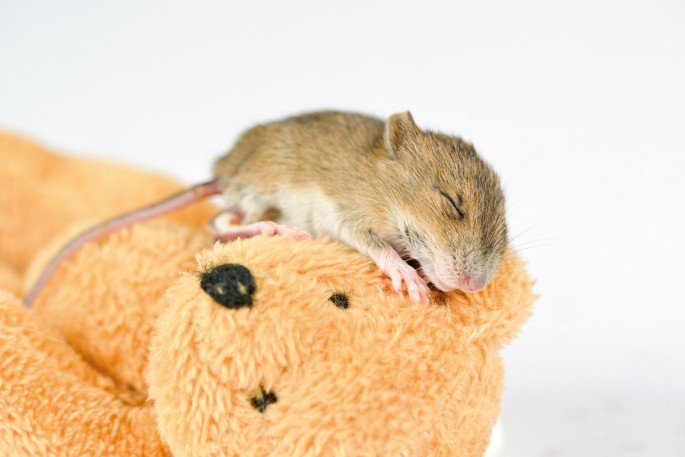
- Select a language for the TTS:
- UK English Female
- UK English Male
- US English Female
- US English Male
- Australian Female
- Australian Male
- Language selected: (auto detect) - EN
Play all audios:
Long hair after 50 makes women feel sexy, edgy and loaded with attitude, long after black leather jackets and dark nail polish have lost their fizz. It takes guts to swing around a mane of
lengthy lush locks and defy stereotypical ideas about crops, pixie cuts and bobs — but that’s precisely what women do. As a beauty editor, stylist and personal shopper, I often hear, “I feel
more like me with long hair!” However, long hair at 50, 60 and 70-plus differs from long hair at 25 and even 40. I asked Gad Cohen, a New York City–based stylist whose client list includes
Jane Seymour, Sofia Coppola, Paulina Porizkova, Naomi Campbell and Tyra Banks, how to make it a mane event. (From left) Garcelle Beauvais, Demi Moore, Brooke Shields AARP (Getty Images, 3)
1. GROW IT TO YOUR BEST LONG-HAIR LENGTH. Not every woman can grow or wear the extreme Rapunzel-locks length we see on Demi Moore, Brooke Shields and Garcelle Beauvais. “I love that mature
women are breaking all the ‘age-appropriate’ hair rules, but the truth is, much of the extremely long hair we see on celebs today is due, at least partially, to extensions, pieces and even
wigs,” Cohen says. “It’s part of their presentation, like wearing designer clothes or getting their makeup done by a pro. Adding some hair for public appearances has become as normal as
wearing Spanx.” However, Cohen cautions women over 50 who are not in the spotlight to be wary of leave-in extensions. “The constant traction and weight can stress hair that’s already
thinner, more fragile or damaged, and can lead to hair loss, sparse spots and a recessed hairline.” So what does he suggest? “Remember that your hair’s job is to frame the face, not the
body. While some women can achieve a mid-back length, your ideal version of ‘long’ may be at the shoulders or an inch or two past them. It’s practical and long enough to pull back, but
provides subtle coverage for a less-than-firm jawline and neck — an extra benefit many women appreciate.” AARP (Getty Images, 2) (From left) Laura Dern, Jane Seymour 2. CUT BANGS FOR A
STYLISH LONG-HAIR UPDATE. “Any kind of fringe — full, feathery, sideswept or parted-in-the-middle curtain bangs — gives long hair more of a modern look,” says Cohen, who added bangs to Jane
Seymour’s signature locks back in 2012. He explains, “Bangs get long hair out of the old overstyled rut and add more volume and attention to the upper half of the face, where they emphasize
eyes and provide coverage for forehead lines and wrinkles.” I will add that bangs also provide a welcome diversion from lower-face concerns like deep nose-to-mouth creases (the nasolabial
fold), pucker lines around the lips and so-called “marionette” lines around the mouth and jaw. Choose a full straight-across fringe to make a chic statement (frequent trims essential!);
classic, easy-care sideswept bangs that blend seamlessly into the rest of your hair when desired; or, for a trendier option, center-parted curtain bangs. (From left) Jaclyn Smith, Paulina
Porizkova, Jennifer Grey, Sarah Jessica Parker AARP (Getty Images, 4) 3. ADD HIGHLIGHTS FOR GLOW AND TEXTURE. Highlights can enhance the look and feel of long hair, whether it’s silver-gray,
sunny blonde, a rich brown or a reddish hue. “Long hair that’s a multitone mix rather than one solid color always looks healthier, glossier and more vibrant,” Cohen says. He advises
avoiding allover, full-head highlights for more strategic ones. “Aim for authenticity. Highlights should ‘light up’ the crown and the area around your face — how the sun affects children’s
hair at the beach,” he describes. “You don’t need highlights at the nape, or underlayers — that’s old-fashioned.” Try foil highlights or hand-painted balayage streaks and remember, the goal
is to create a realistic look, not a high-contrast “striped” effect.






